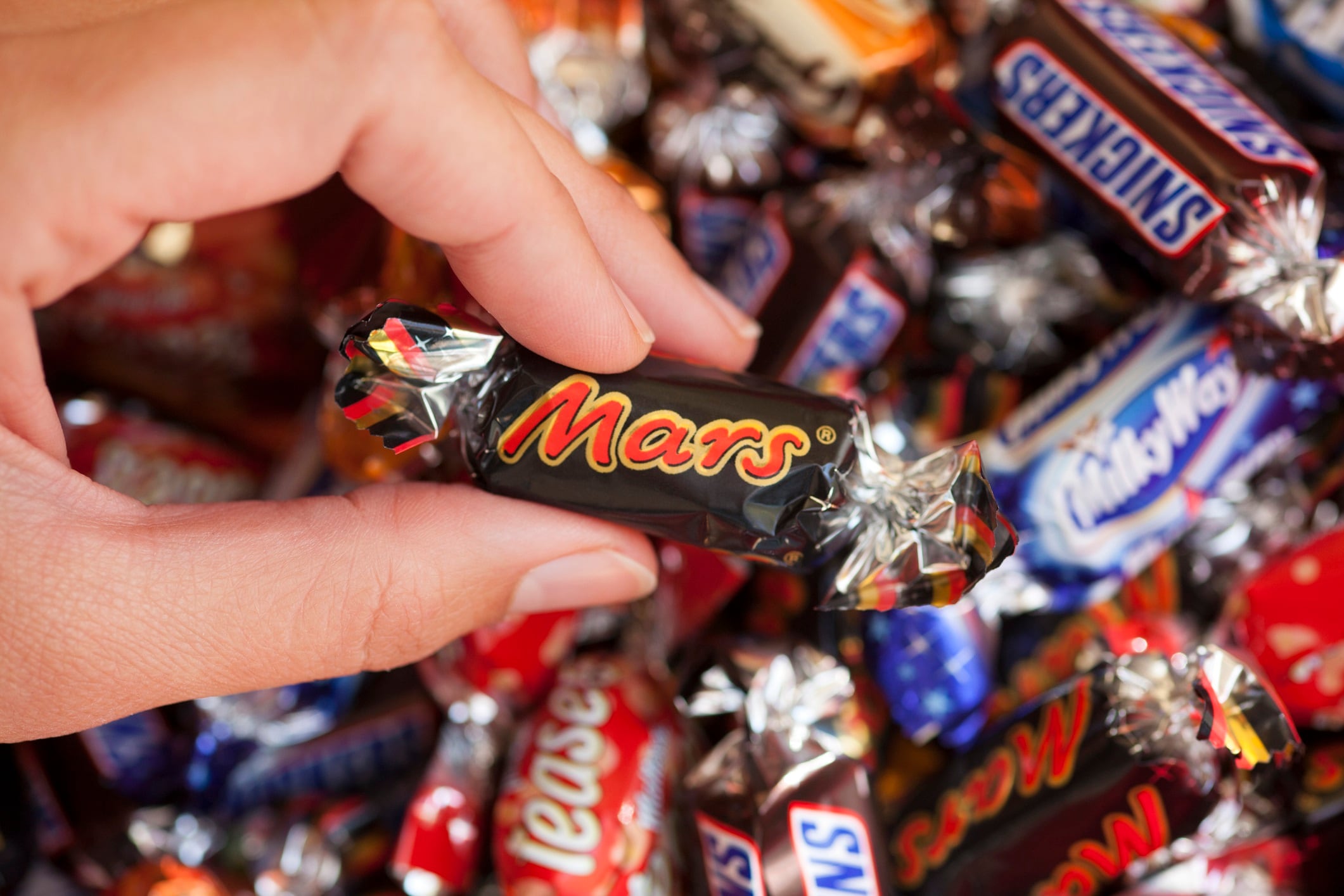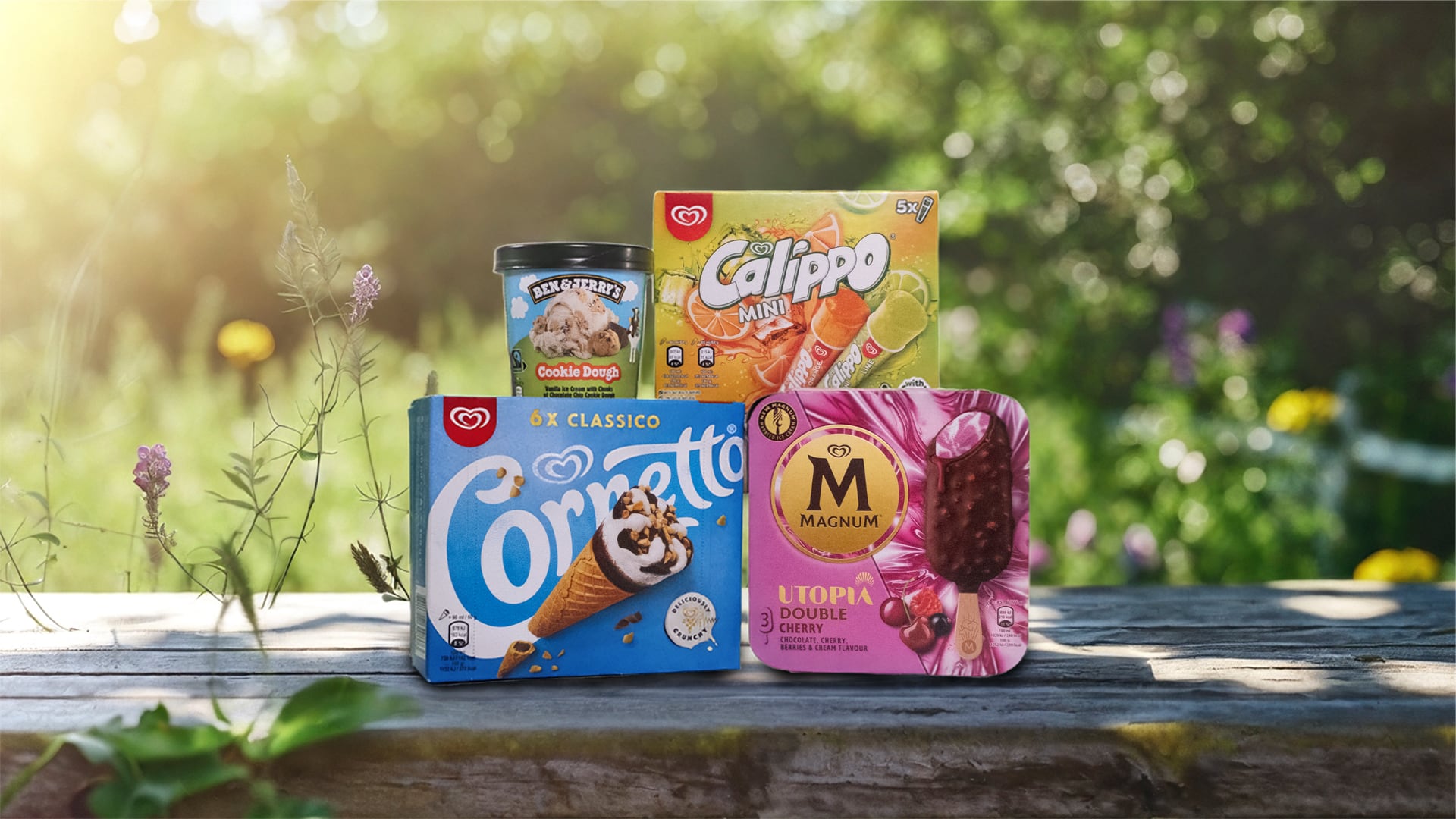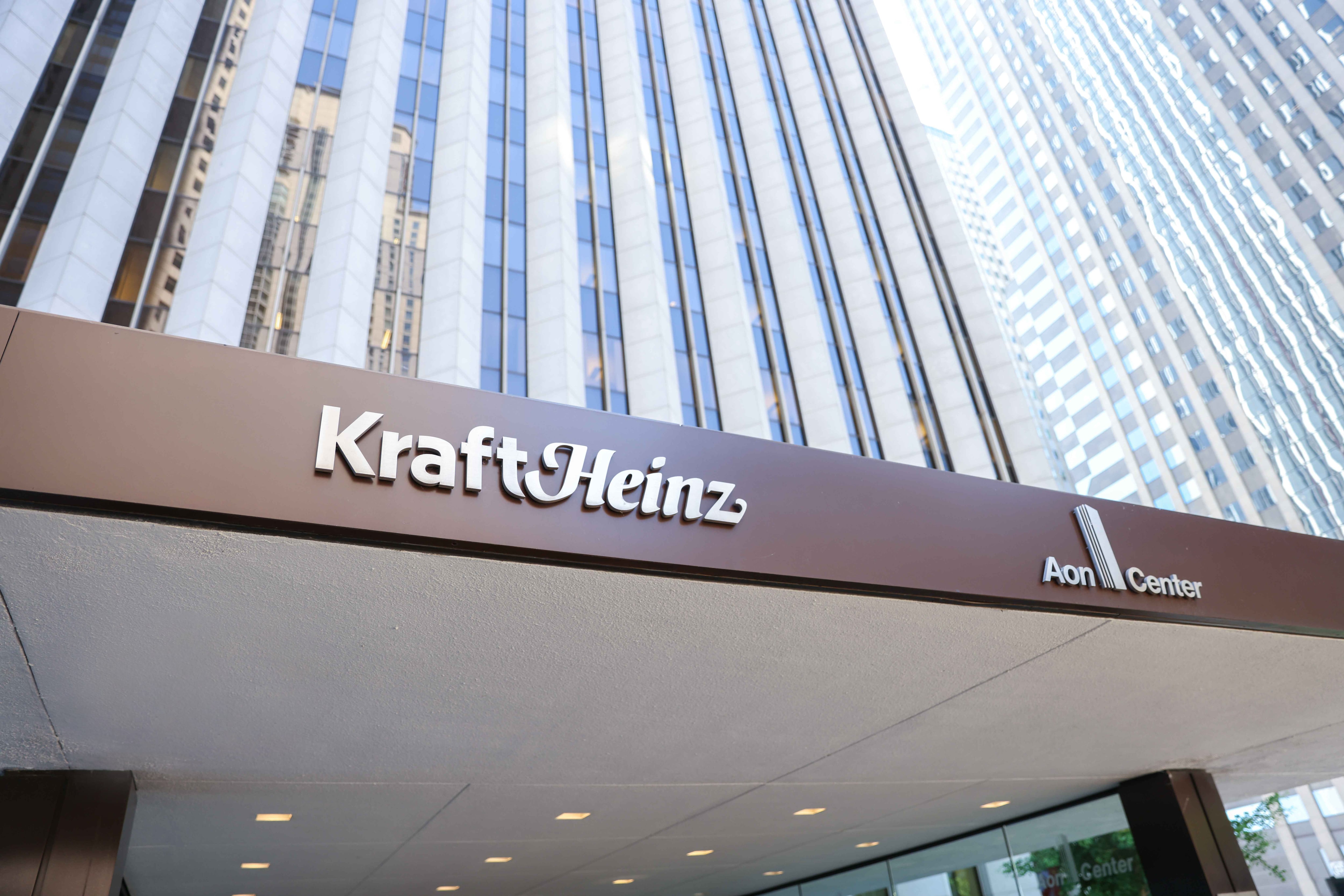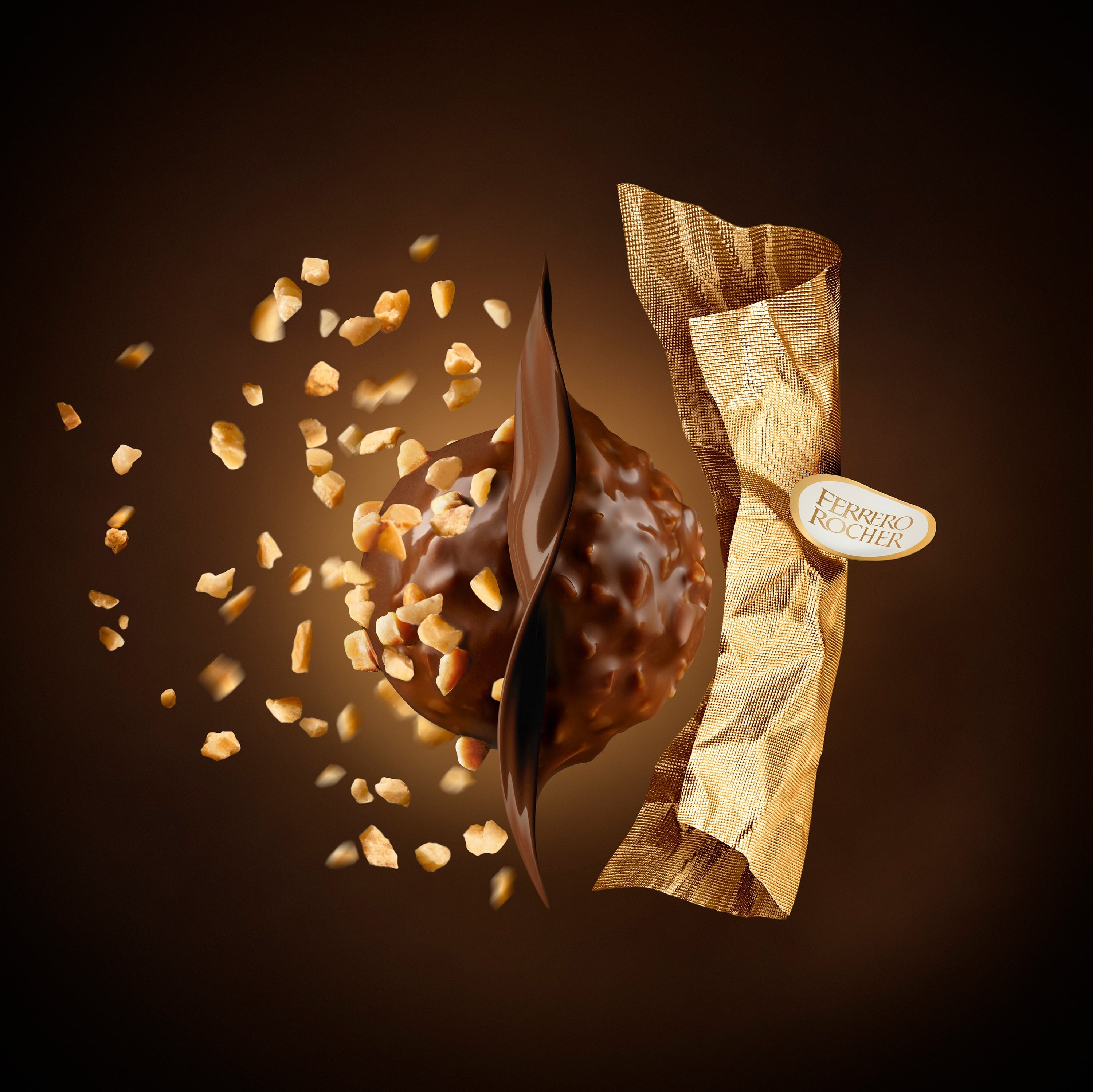Summary of Big Food M&A trends and industry shifts
- Kraft Heinz confirms split as Mars and Kellanova plan merger
- Ferrero acquires WK Kellogg amid rising M&A activity in Big Food
- Volatile prices and changing consumer demands drive portfolio reshaping
- Health, sustainability and innovation fuel snacking and beverage investments
- US leads M&A activity with UK and China gaining strong momentum
It’s all change in food and beverage.
Some of the biggest manufacturers in the biz are either buying brands, selling them, merging with other manufacturers, or breaking away from them.
In fact, just last week, food giant The Kraft Heinz Company confirmed what most in the industry had already guessed - it’s splitting in two.
This follows sector-shaking announcements, such as Ferrero’s decision to buy WK Kellogg, Mars, Inc. and Kellanova’s move to merge, and Unilever’s exit from ice cream.
And these are just a few of the biggies - food and beverage M&A activity has been on fire over the past twelve months.
So, what’s sparked this major switch-up? And is there more to come?

It’s all go in Big Food
“The volatility in agri-food commodity prices and the constant shifts in consumers’ expectations has led to food and beverage companies broadening their portfolios,” says Mahsa Shahbandeh, research expert for food at statistical and market data company Statista.
This shift, says Shahbandeh, is happening through acquisitions of new product categories, diversification, and geographic expansion.
But, more importantly, companies are trying to strengthen their overall footprint in order to gain greater control over market dynamics. This is especially true of Mars, which is set to dominate the snacking market if its deal to merge with Kellanova is approved by regulators.
What’s more, these changes look set to continue.
“With interest rates declining and food inflation beginning to ease, I believe many of the major agri-food players are feeling more optimistic about the sector’s outlook,” says Shahbandeh. “As a result, we can expect to see a continued rise in M&A activity in the near future.”

Where are the biggest moves happening?
The trend to buy, sell, merge, or split, is noticeable across the majority of food and beverage sectors, but is particularly pronounced in categories most seriously impacted by rising costs, shrinking margins, and a consumer shift towards private label, such as cereals, snacks and confectionery.
“Where large companies identify growth and opportunity, they will aim to enter the market, while divestments are likely in areas that prove less strategically aligned,” says Shahbandeh. “At the same time, mid-sized brands that emphasise values such as health, sustainability, and innovation are set to become especially attractive targets for food industry giants.”
The snacking industry is especially impacted by the health and wellness trend, with consumers increasingly prioritising healthier snack choices.
Another highly dynamic area is the plant-based market, which is home to many small and mid-sized brands. Here, large meat and dairy companies are expected to invest heavily, both to capture growth potential and to strengthen their sustainability credentials.
Flavoured beverages also represent a promising category, with consumers showing a clear appetite for more innovative and exotic flavour profiles, over traditional tastes. Functional benefits are also high on the list of consumer wants and needs.
“Overall, we can expect M&A activity in the food sector to be strongly driven by themes such as health, freshness, and sustainability,” says Shahbandeh. “In the beverage segment, investments will likely focus on innovation, added value – the better-for-you trend, and recyclable packaging solutions."
And, when it comes to which regions are engaging most in M&A activity, the United States takes the top spot. Elsewhere, Europe (particularly the UK) and Asia (particularly China), are gaining significant momentum in driving deals forward.

How is M&A impacting innovation?
M&A has become increasingly critical for food industry giants seeking to align with the growing demand for sustainability, affordability, and innovation.
A key driver of this activity is the acquisition of small and mid-sized brands that demonstrate strong innovative potential, often combined with the integration of AI solutions.
In fact, innovative practices and technologies – such as smart farming in production, data-driven supply chain management, and advanced distribution systems – are helping companies to preserve their competitive edge in what is an increasingly challenging market.
“At the core of the industry’s M&A strategy is the acquisition of niche, innovation-driven brands and the integration of technologies that enhance efficiency, while broadening and diversifying product portfolios,” says Shahbandeh.

Future moves in food and beverage
As the pace of mergers, acquisitions, and strategic pivots accelerates, one thing is clear - the food and beverage industry is in the midst of a major transformation.
With consumer expectations evolving and market dynamics shifting, companies are rethinking their roles, reshaping their portfolios, and investing in innovation to stay ahead.
Whether through bold deals or targeted divestments, the future of food will be defined by agility, purpose, and a relentless drive to meet the needs of tomorrow’s consumer.



